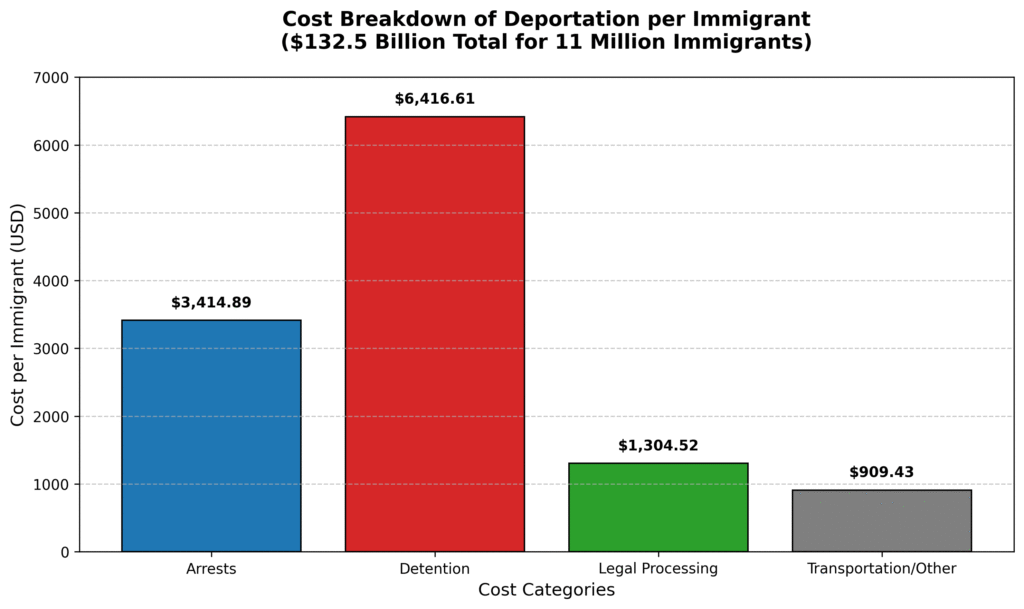Follow-up Information for the Previous Article
The Supreme Court deportation ruling demands court hearings for millions—can America’s immigration courts handle the crush? On May 17, 2025, the Supreme Court issued a landmark decision allowing deportations under the Alien Enemies Act, but with a catch: every immigrant must get a court hearing. This ruling, tied to an April 2025 decision lifting a Temporary Restraining Order, could flood an already strained immigration court system. With an estimated 10.6 million undocumented immigrants potentially facing deportation, can the courts keep up? Let’s explore.
Why the Supreme Court Deportation Ruling Matters
The Alien Enemies Act, a 1798 law, permits deportations of people from hostile nations, typically in wartime. The Trump administration applied this to broad immigration enforcement. The Supreme Court’s ruling green-lights this but mandates court hearings, ensuring due process under the 14th Amendment. Even though the Amendment states “…all persons born or naturalized in U.S…” The court also stipulated “The Fifth Amendment entitles aliens to due process of law in the context of removal proceedings.” Very confusing in that the 14th and 15th Amendments seem to be incompatible when applied to illegal aliens. This decision amplifies pressure on immigration courts, already grappling with massive caseloads. Supreme Court

Immigration Courts Already Stretched Thin
America’s immigration courts, managed by the Executive Office for Immigration Review (EOIR), were buckling before this ruling. Newest Data from EOIR shows over 3.6 million pending cases, with average case times hitting 6-12 months. The Supreme Court deportation ruling adds millions more cases, as each of the 10.6 million targeted immigrants gets a hearing. This could double backlogs, delaying justice for all. EOIR
How Long Will Deportations Take?
Processing one deportation case—arrest, detention, hearing, and removal—takes about six months, per historical ICE data. The court mandate could stretch this to 12-18 months for many, especially with appeals. For example, expedited removals might wrap in two months, but contested cases clog the system. Experts warn that without major changes, courts could grind to a halt, leaving immigrants and taxpayers in limbo.
Can the System Be Fixed?
Experts are sounding alarms, but solutions exist. Hiring more immigration judges—The Executive Office for Immigration Reform had only 700 in 2024—could ease the crunch. Streamlining expedited removals for clear-cut cases might help, though critics like (D) Senators Padilla and Durbin argue this risks fairness. Tech upgrades, like virtual hearings, could boost efficiency, but funding is tight. Meanwhile, the 14th Amendment and 5th Amendments loom, demanding due process amid the chaos. The courts’ ability to adapt will shape the ruling’s success. Cornell Law School

What’s Next for America’s Courts?
The Supreme Court deportation ruling of May 17, 2025, is a legal earthquake. It promises due process but risks paralyzing immigration courts. With backlogs soaring and costs climbing—potentially $132.5 billion total—can the system deliver? Will justice be swift or stalled? As debates rage on X and in Congress, one thing’s clear: this ruling will test America’s courts like never before. Stay tuned for what’s next.






